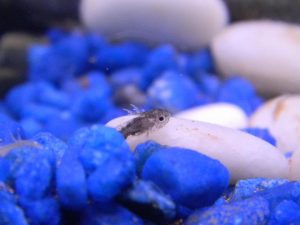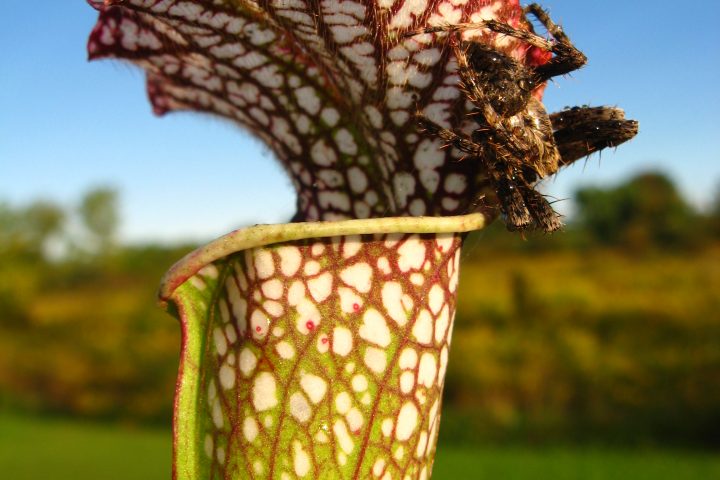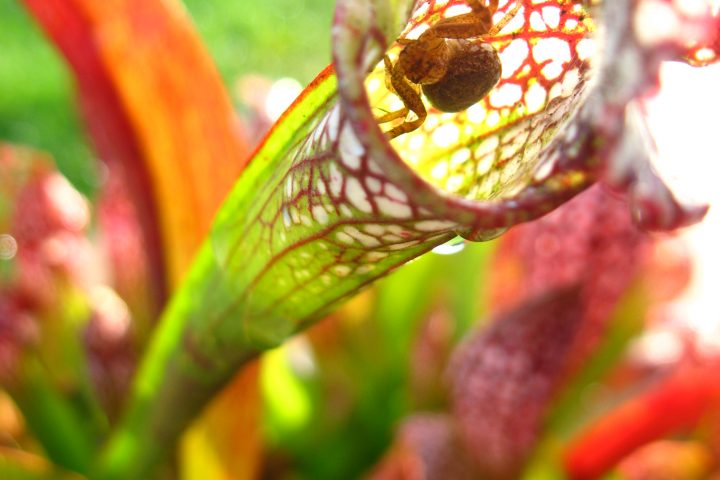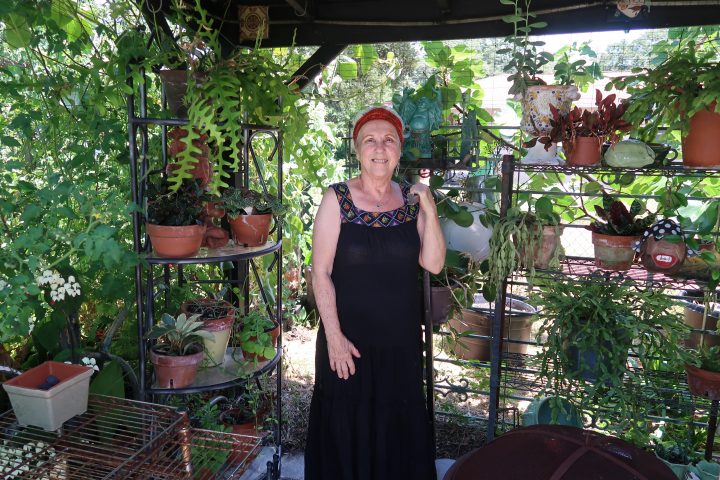Think lizards, without scales. Also think of an animal that is fully aquatic with rubbery pink, yellow or brown skin and feathery gills and you would have an axolotl. Axolotls, which are native to central Mexico, are fascinating pets. Here in the US, they go by only axolotl but in other parts of the world they have quite a few nicknames including; Mexican walking fish, Mexican salamander and unfortunately water monster.
When I look at them, I do not see a monster at all. They look like they are wearing a feather boa around their thick puppy like necks. They also have tiny eyes for their head and a wide smiling mouth – so nothing to be worried about! Over the course of my childhood I had four axolotls. Doing a quick internet search you will find many images of these unique aquatic salamanders that will bring a smile to your face.
 “They are unlike other amphibians, in that they can remain entirely aquatic for their lifespan- able to breed and function in this stage for life,” my friend Carly Rehac exclaimed.
“They are unlike other amphibians, in that they can remain entirely aquatic for their lifespan- able to breed and function in this stage for life,” my friend Carly Rehac exclaimed.
Axolotls are considered to be a neontenic salamander, which means they can reproduce in their juvenile state and never grow up. A Peter Pan salamander if you will.
Carly went to the University at Buffalo and majored in Animal Behavior, like myself. She shares her home with many critter companions including an axolotl named Edd, which she adopted from me after I hatched him from an egg. Edd (who may be a girl) was hatched from a large clutch of eggs, that I had a few years back and had adopted out to many of my equally unique WNY friends.
“They are not cuddly and affectionate as cats and dogs are, but they have distinct and interesting personalities, and I have been delighted to get to know my Edd!” Rehac says “Axolotls make excellent pets!”
They prefer to live in cool, fresh water, and will eat anything that can fit in their mouths- including pebbles- which can cause serious medical conditions. Because of this, it is best to limit decorations in the tank to items that are significantly larger than your axolotl’s head, Rehac reminded me.

Most hobbyists keep them in ten or twenty gallon aquariums with no gravel and no heater. At the Aquarium of Niagara their axolotls live on large river rocks which look natural and are a great alternative for someone looking to make their axolotls home more appealing to the human caregiver.
“Regular water changes, proper filtration, keeping their diet balanced, and allowing for proper space and caging accoutrements are extremely important,” Rehac recommends. “The work, however, is well worth it to see your axolotl happily swimming around his tank, sucking krill into his shovel-like mouth joyfully.”
In addition to krill axolotls will eat anything that moves in front of their mouth, making them an easier pet to feed.
“I don’t personally feed live food at this point, because I’m cautious about unknown fish introducing harmful bacteria into Edd’s environment; those who do live feed typically raise their own feeder fish,” Rehac said. “In captivity, they are often fed frozen bloodworms, krill, beefheart, and shrimp (depending on their age and size),sinking carnivore pellets and, in some cases, live feeding small fish or worms.”
Carly reminds me of what a strong appetite and personality her axolotl has. “From having the audacity to eat some of his siblings, to chasing my hand around the cage and occasionally offering me a playful nip while I clean or rearrange his home, he always acts with an unmistakable sass.”
Axolotls can be found throughout WNY at fish or reptile specialty stores. They are usually priced under $20 and can grow up to around a foot in length. With their healthy appetite I can easily see readers of Critter Companions training their axolotls to walk through underwater hoops, target and station to various objects in the tank. Axolotls are a truly amazing animal.



